1. Asbestos-Containing Products
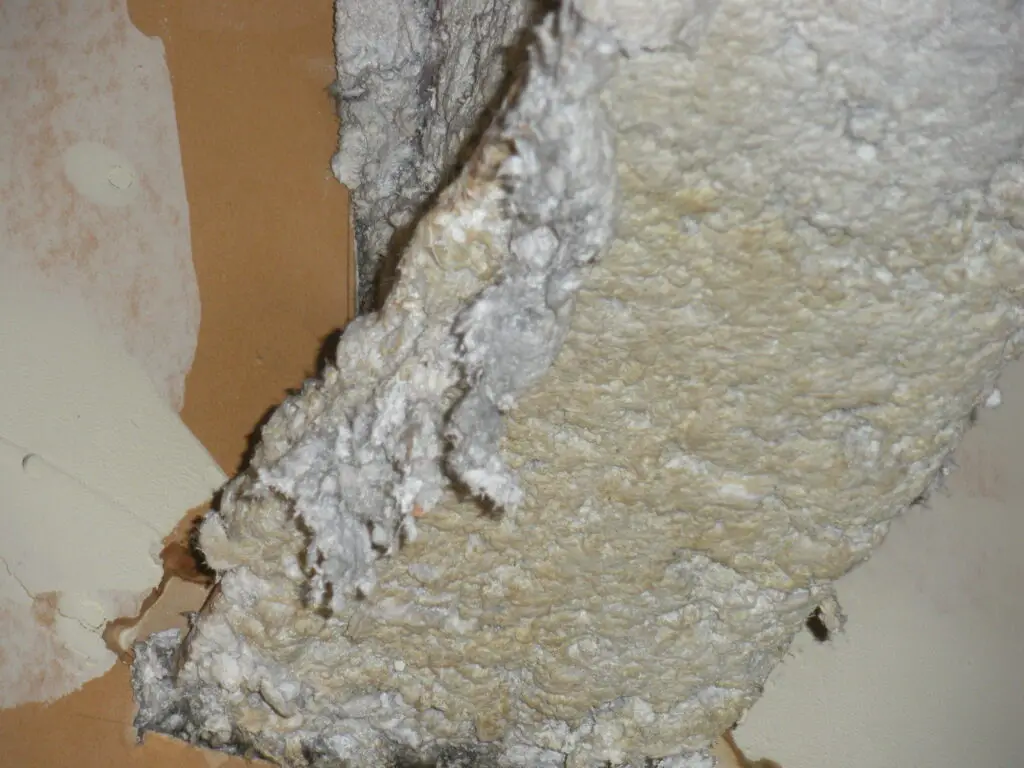
Asbestos was widely used in insulation and building materials. Once linked to severe health issues like mesothelioma, its use was heavily restricted in the late 1980s. Modern materials avoid this hazardous substance entirely.
2. Tanning Beds
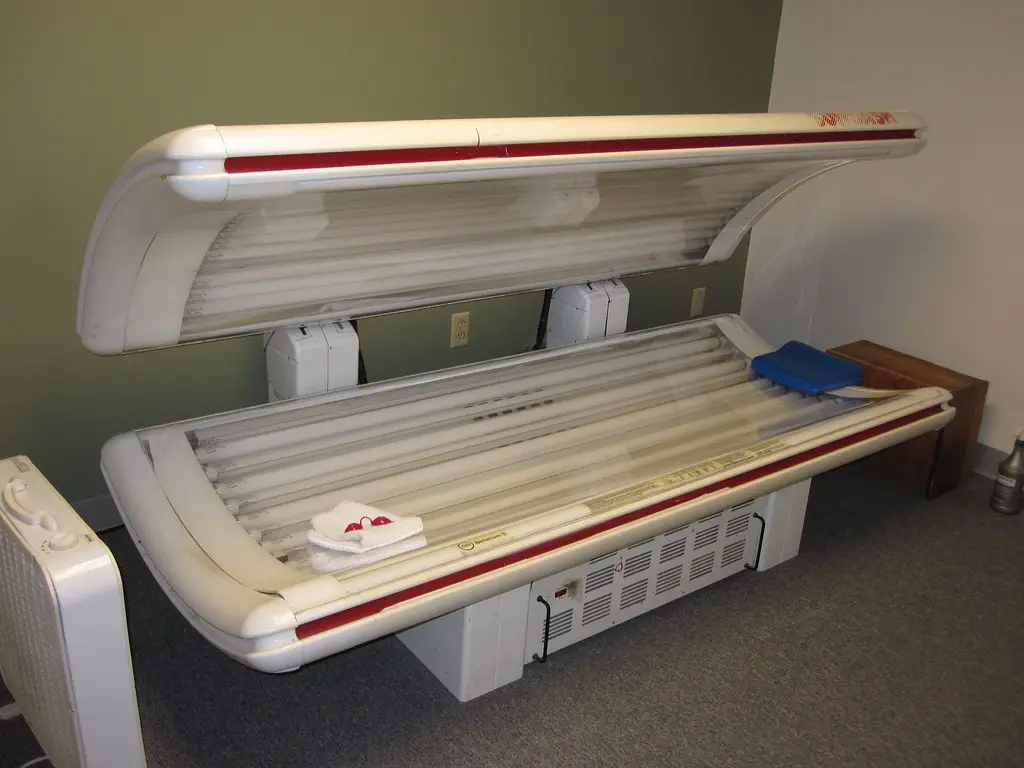
While still available, tanning beds were hugely popular in the 1980s despite minimal regulation. Growing awareness of skin cancer risks has led to tighter restrictions and reduced use. Spray tans are now the preferred alternative.
3. Leaded Gasoline
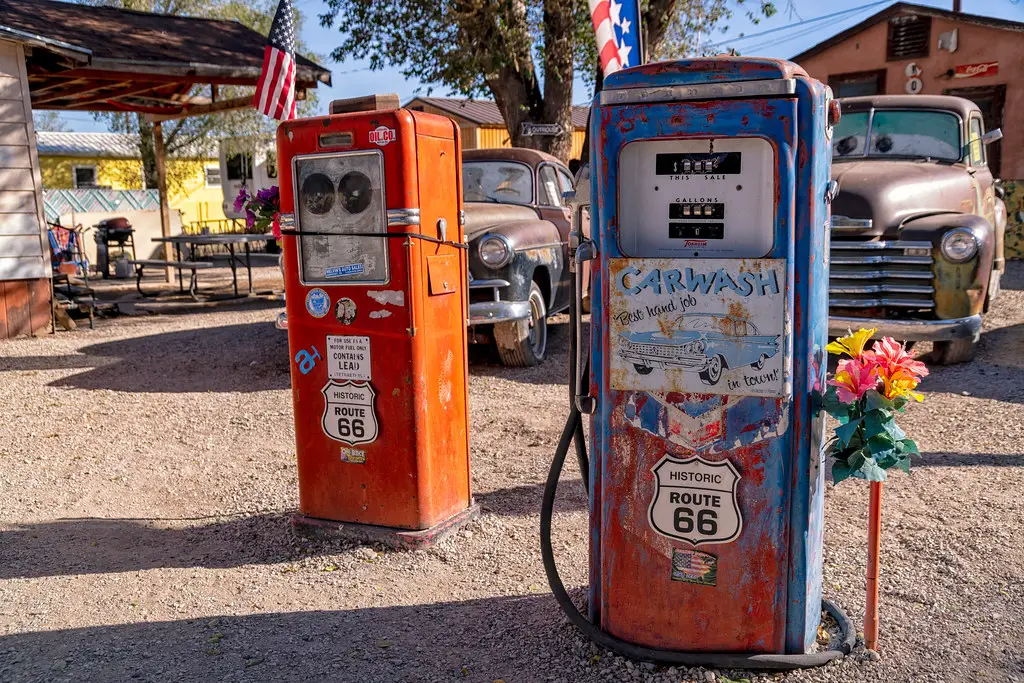
Leaded gasoline was standard in the 1980s, but it emitted harmful toxins. With environmental awareness growing, it was eventually phased out by the mid-1990s. Unleaded alternatives are now the norm.
4. Snack Foods with Trans Fats
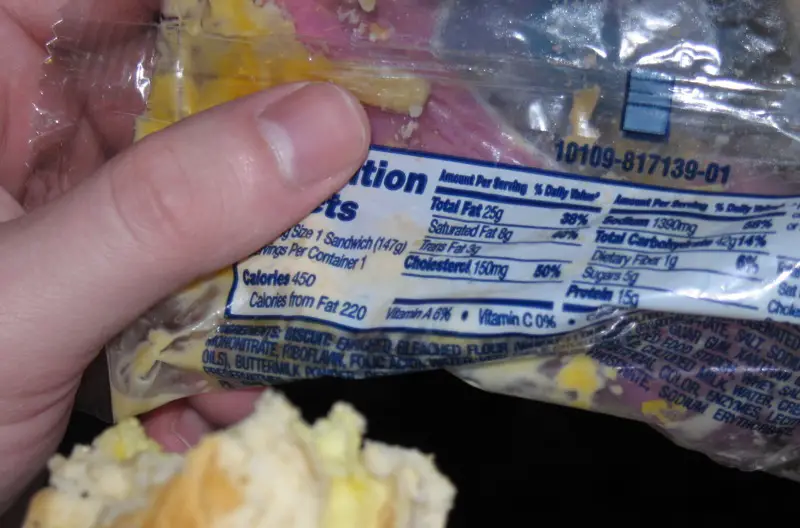
Popular snacks were often loaded with trans fats for longer shelf life. Studies connecting trans fats to heart disease prompted regulations in the 2000s. They’ve since been banned in most processed foods.
5. Mercury Thermometers
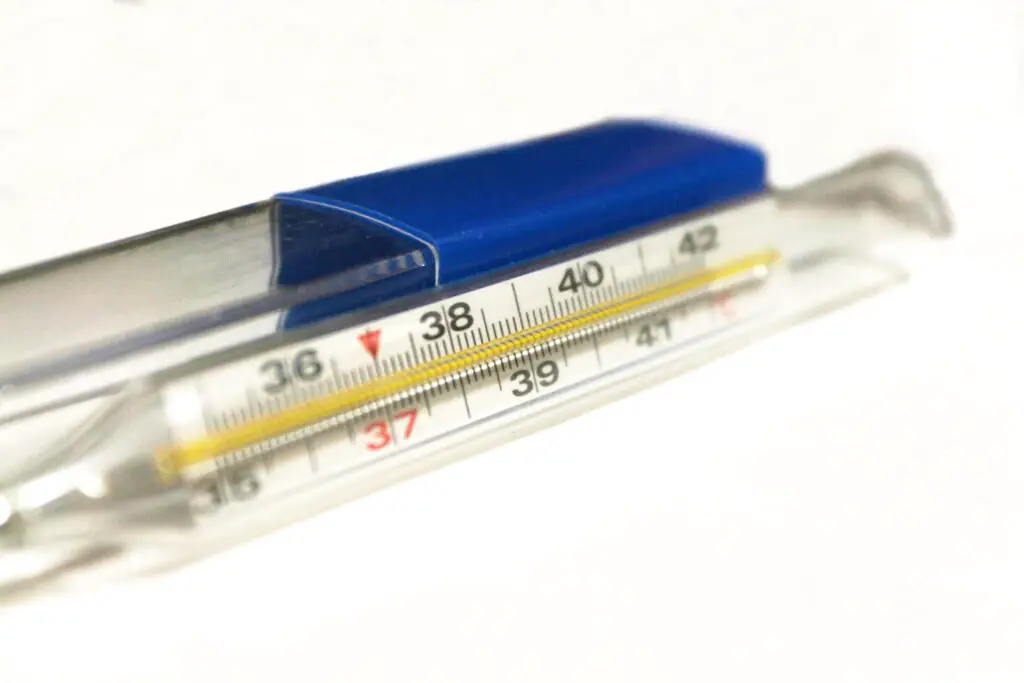
Mercury thermometers were a household staple but posed environmental and health risks. The potential for mercury spills led to their replacement by digital and alcohol-based thermometers.
6. Radon-Emitting Rocks
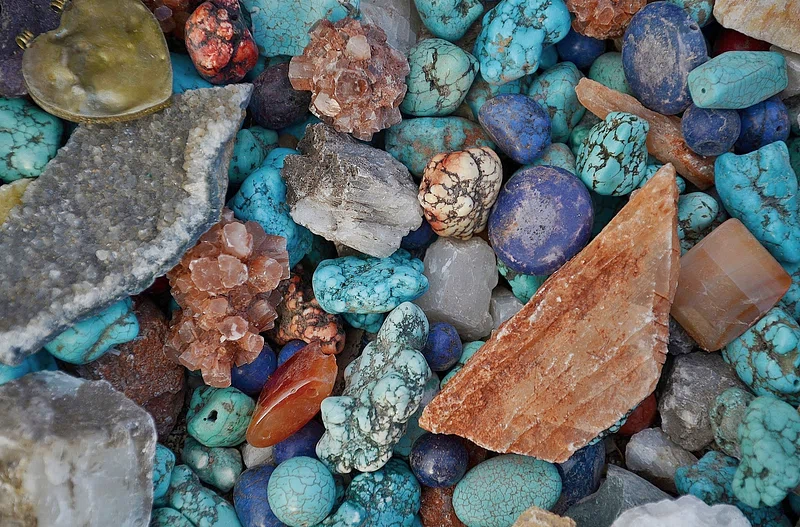
Radon, a radioactive gas, was marketed as a health aid through “healing stones.” These products were later revealed to increase cancer risks. Such items are no longer considered safe or effective.
7. Lawn Darts
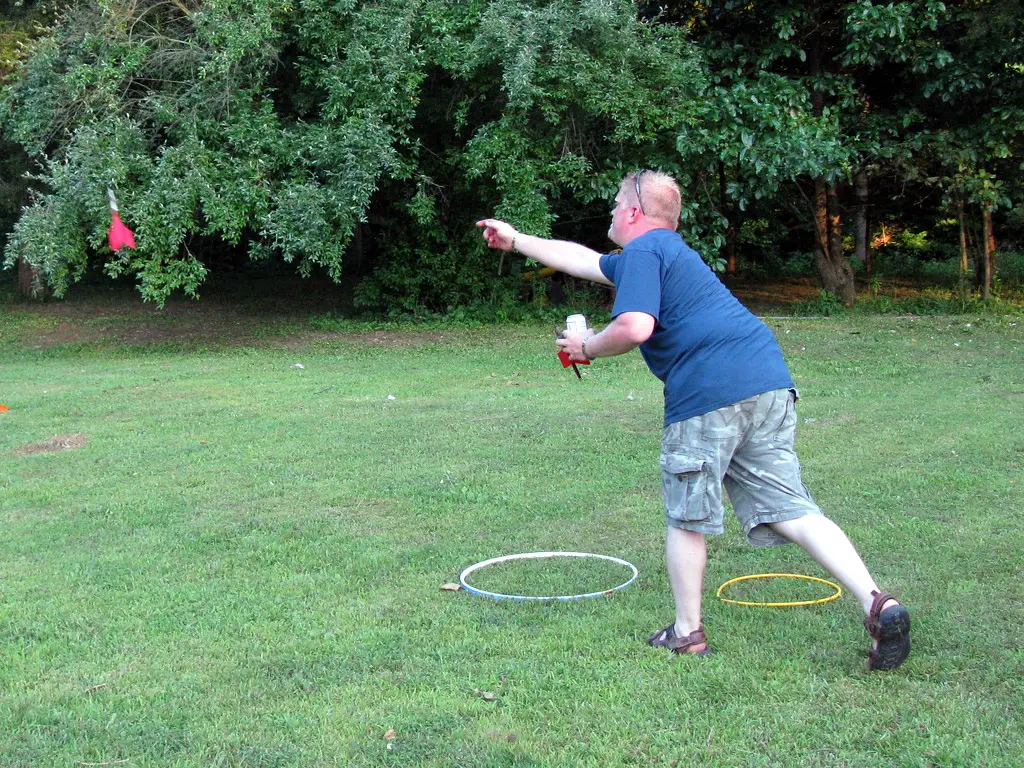
Lawn darts were a popular outdoor game, but their sharp, heavy tips made them a safety hazard. Thousands of injuries led to an eventual ban in 1988. Today’s versions are redesigned to be safer.
8. Baby Walkers with Wheels

The 1980s design of baby walkers allowed infants to roll into dangerous areas. With numerous injuries reported, many models were banned or redesigned. Today’s versions focus on stationary features for safety.
9. Unsafe Playground Equipment
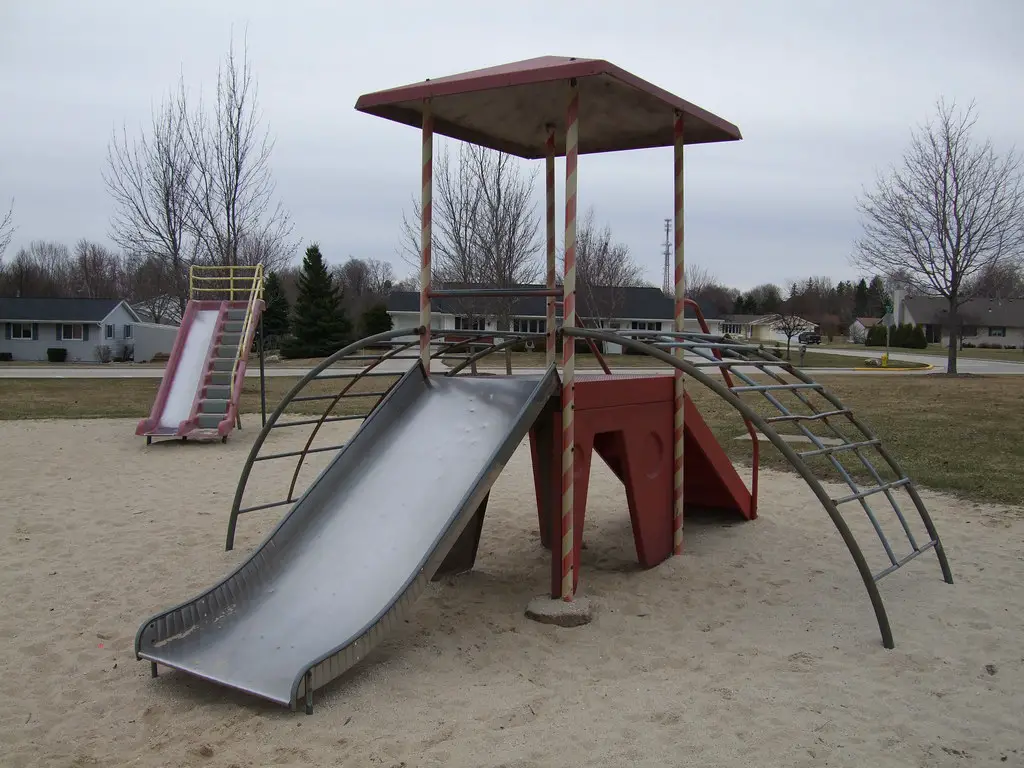
Playgrounds in the 1980s often had tall metal slides and sharp edges. Many of these features caused injuries, prompting safety overhauls. Modern playgrounds use softer materials and safer designs.
10. Crib Bumpers
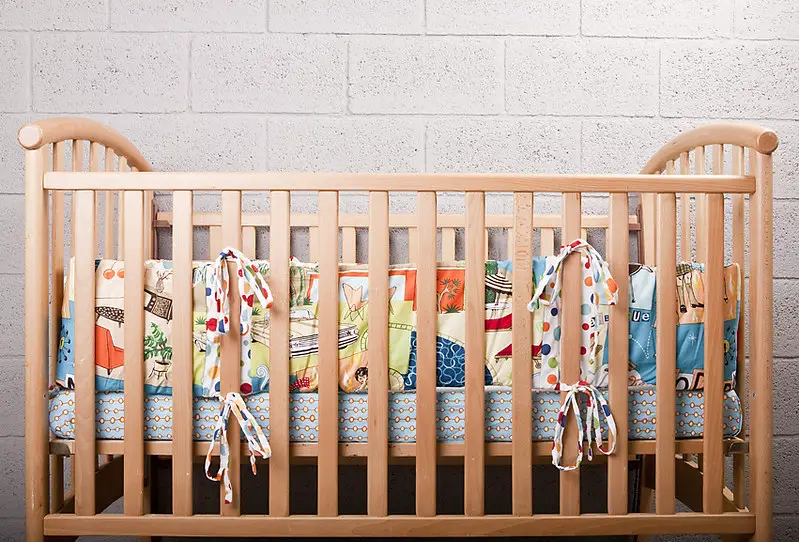
Decorative crib bumpers were once seen as essential for baby safety. Studies later linked them to suffocation risks, leading to bans in certain regions. Parents now opt for breathable or bumper-free cribs.
11. Highly Flammable Furniture
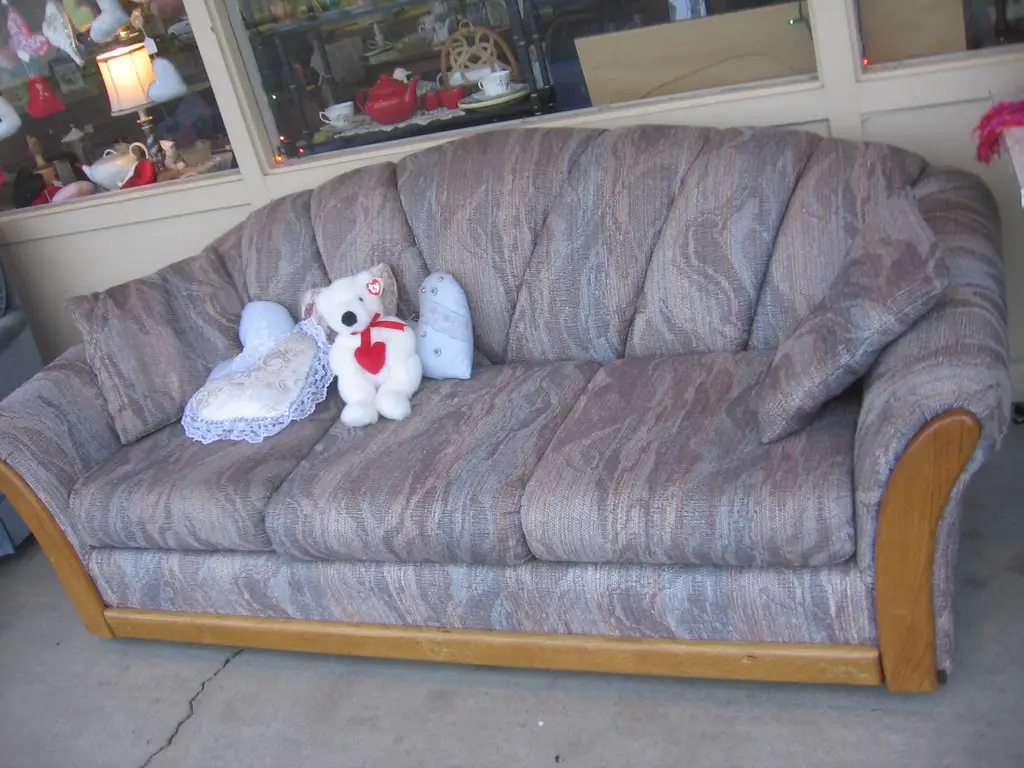
Sofas and chairs were often made with materials that lacked flame retardants. House fires prompted stricter regulations on furniture manufacturing. Modern items now prioritize fire safety.
12. Aqua Dots
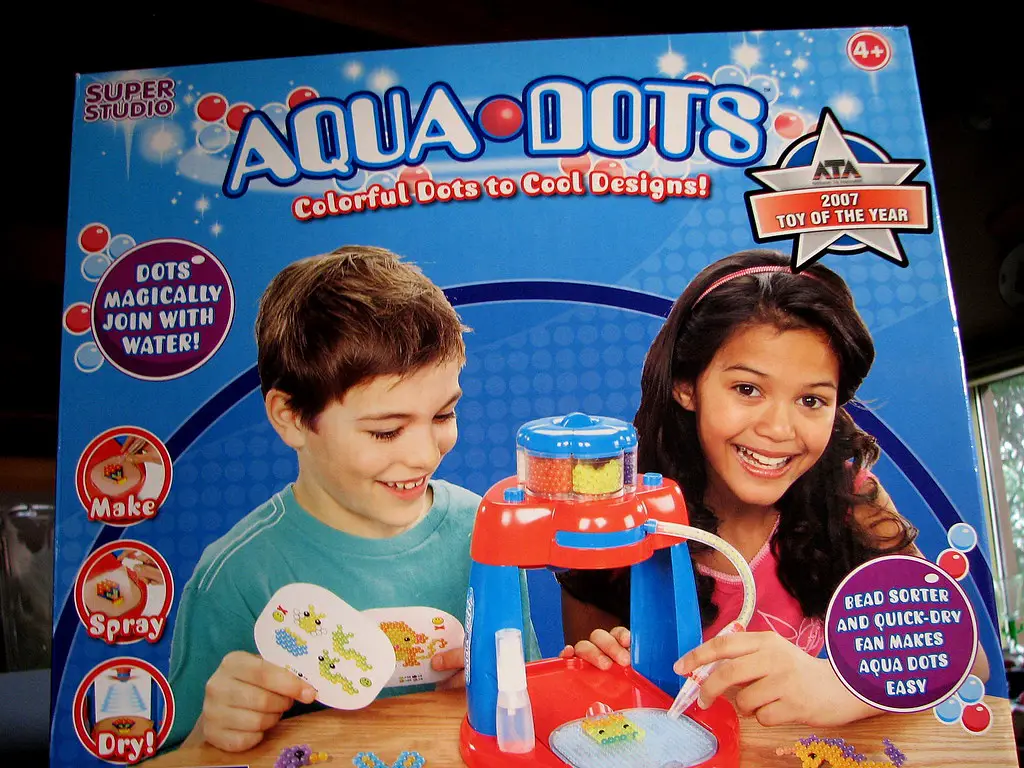
This 1980s toy was beloved for its creativity but had a hidden danger. The adhesive used could convert to toxic chemicals if ingested. It’s now considered a cautionary tale for product testing.
13. Cigarette Vending Machines
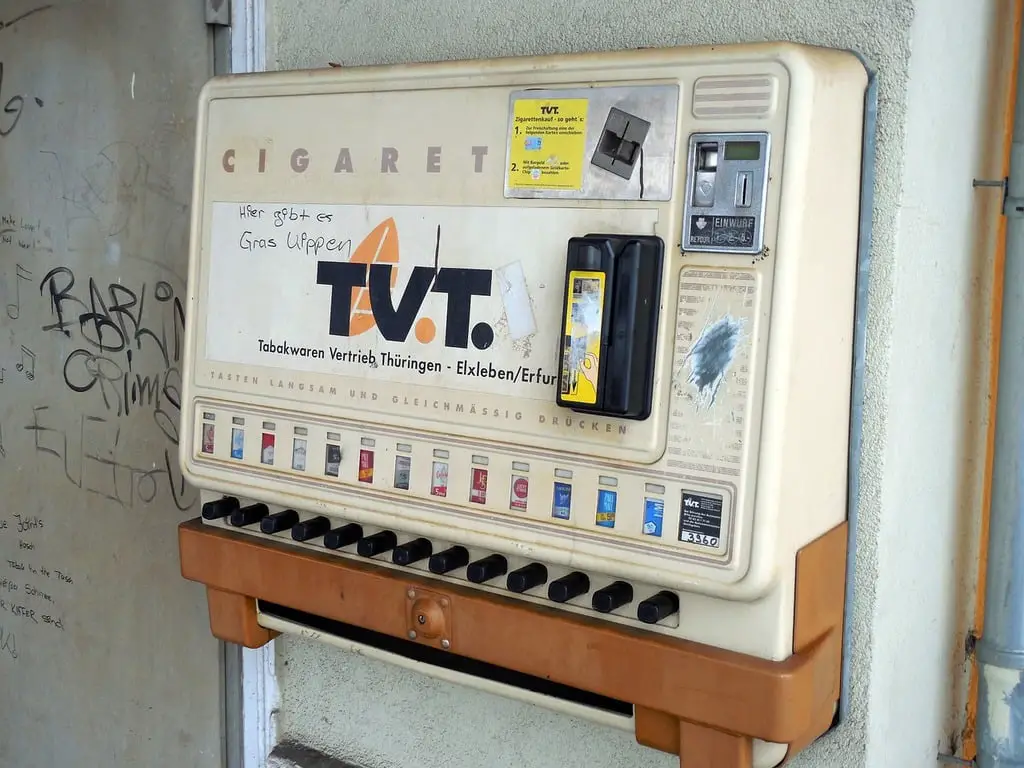
Cigarette vending machines were a common sight in public spaces. As underage smoking became a concern, these machines were phased out in favor of stricter age verification. Tobacco control laws have since tightened.
14. Weight-Loss Candy
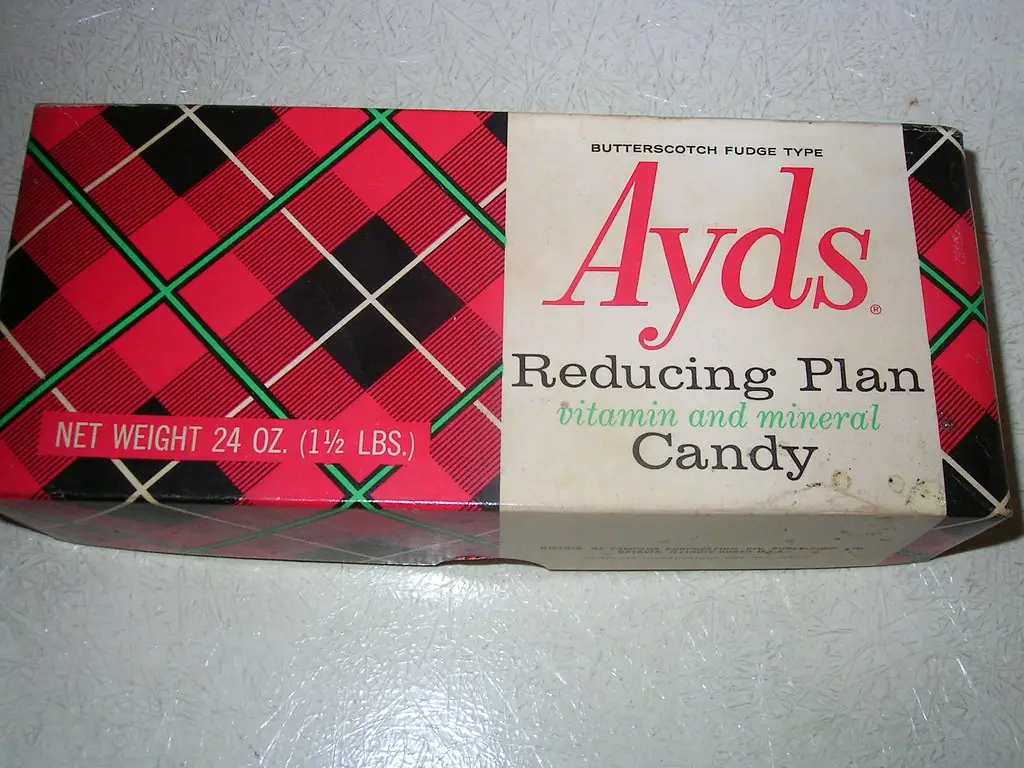
Yes, this was a real product marketed as an easy way to lose weight. The risks of parasitic infection eventually led to its prohibition. Today, such products would never pass health standards.
